PPT-Karary University College of Radiologic Science
Author : eddey | Published Date : 2022-06-01
3rd Level Nuclear Medicine BY Adam Hussein Mastour Nuclear Medicine BONE IMAGING Learning Outcome Bone Imaging Indication of bone imaging
Presentation Embed Code
Download Presentation
Download Presentation The PPT/PDF document "Karary University College of Radiologic ..." is the property of its rightful owner. Permission is granted to download and print the materials on this website for personal, non-commercial use only, and to display it on your personal computer provided you do not modify the materials and that you retain all copyright notices contained in the materials. By downloading content from our website, you accept the terms of this agreement.
Karary University College of Radiologic Science: Transcript
Download Rules Of Document
"Karary University College of Radiologic Science"The content belongs to its owner. You may download and print it for personal use, without modification, and keep all copyright notices. By downloading, you agree to these terms.
Related Documents

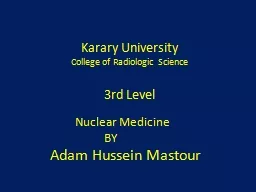

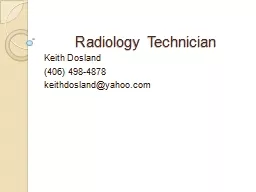
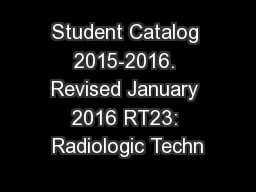

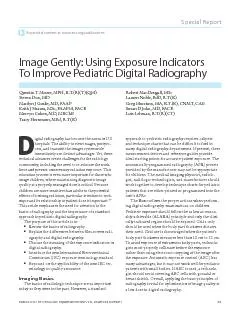


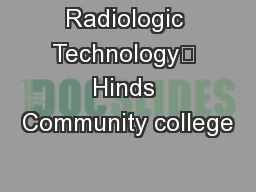


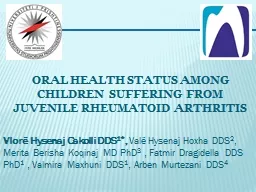

![[DOWNLOAD] The College Bound Organizer: The Ultimate Guide to Successful College Applications](https://thumbs.docslides.com/1007675/download-the-college-bound-organizer-the-ultimate-guide-to-successful-college-applications-college-applications-college-admissions-and-college-planning-book.jpg)